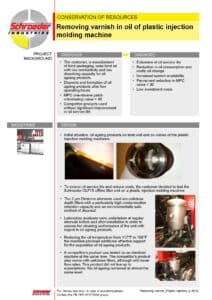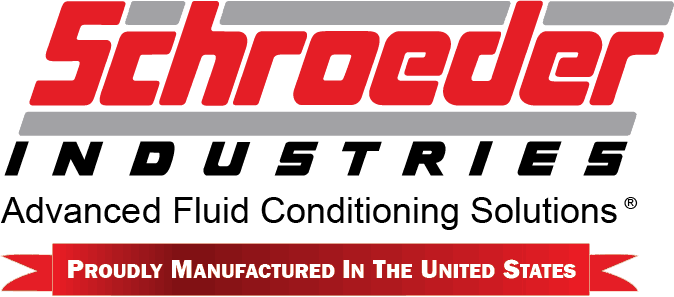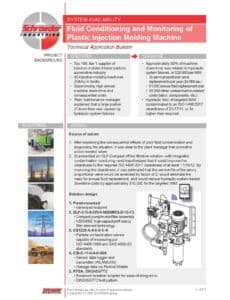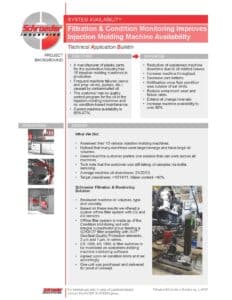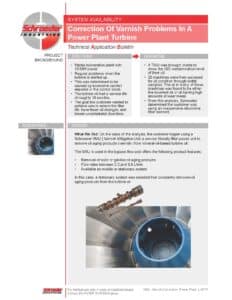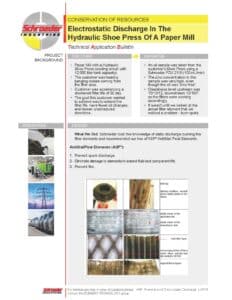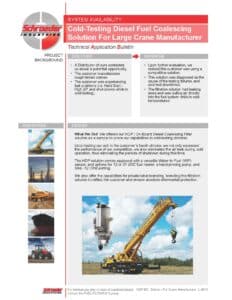David Saunders | November 26th, 2018
In Mobile Hydraulics, we most commonly encounter actuator flows from fractions of a gallon per minute (gpm) to around 25 gpm. However, there are applications where much more than that is necessary to result in the speeds and forces required by the task. With smaller flows, there is an array of cost-effective and compact valve possibilities with load sensing and flow sharing capabilities. It can, however, be a challenge to source a high-flow valve that incorporates these technologies and other advanced features. For a refresher on the basics of load sensing valve functionality, read “Fix Jerky Motion in Mobile Valves with Pre and Post Compensation.”
For the purposes of this blog, let us consider “high-flow” as flows above 60 gpm. In some high-flow applications, a large industrial directional valve such as a D08 or D10 size valve is often a reliable and effective solution. When multiple functions must occur smoothly and independently in the same circuit, such a solution may not be the best choice due to the absence of a compensator or means of controlled flow sharing. Additional components could be added to accomplish these functionalities, but such an assembly can quickly become bulky and expensive while creating other issues within the circuit.
Linde Hydraulics’ LSC (Linde Synchron Control) valve line represents a solution for these high-flow functions where proportional control, as well as load sensing and flow sharing capabilities, are needed. These valves are available inflows from around 40 gpm all the way up to near 160 gpm. A “monoblock” version is available as well as the VT Modular series allows us to create custom assemblies in a “building block” fashion. See “When to use a Sectional Valve vs a Monoblock Valve” for a refresher.
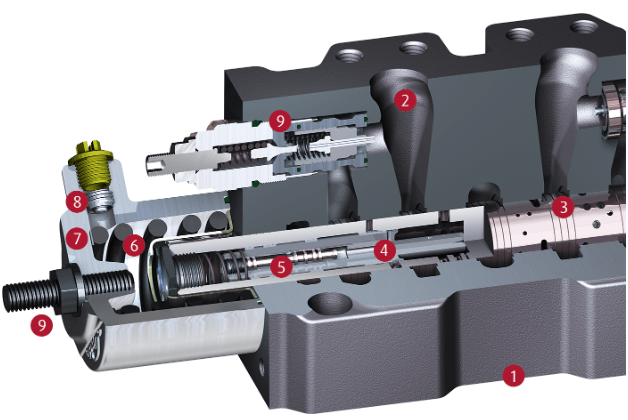
With Linde’s LSC design, the compensator itself is housed within the main valve spool, so the overall space claim is significantly reduced compared to other high-flow valves. They can include anywhere from one to eight functions and be piloted hydraulically or electrically. Additional impressive capabilities include priority selection, load holding, “fine mode”, anti-cavitation, automatic air bleed, and a float function. With such an array of features, this valve platform is a capable and interesting choice for high-flow applications. Perhaps the bigger question these valves leave us with is which pump to use to provide all of that flow!
Be sure to contact the experts at Cross Company for design support and input on your next high-flow project!

